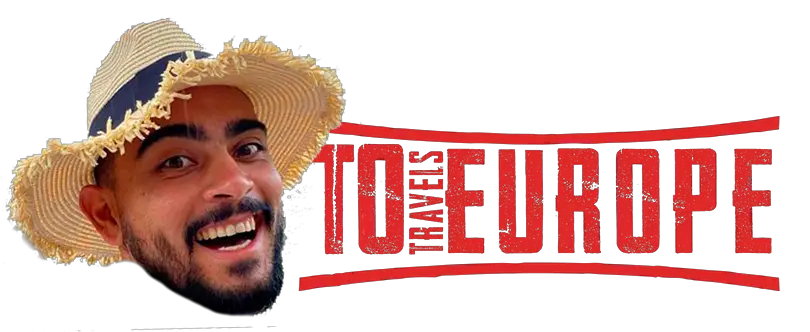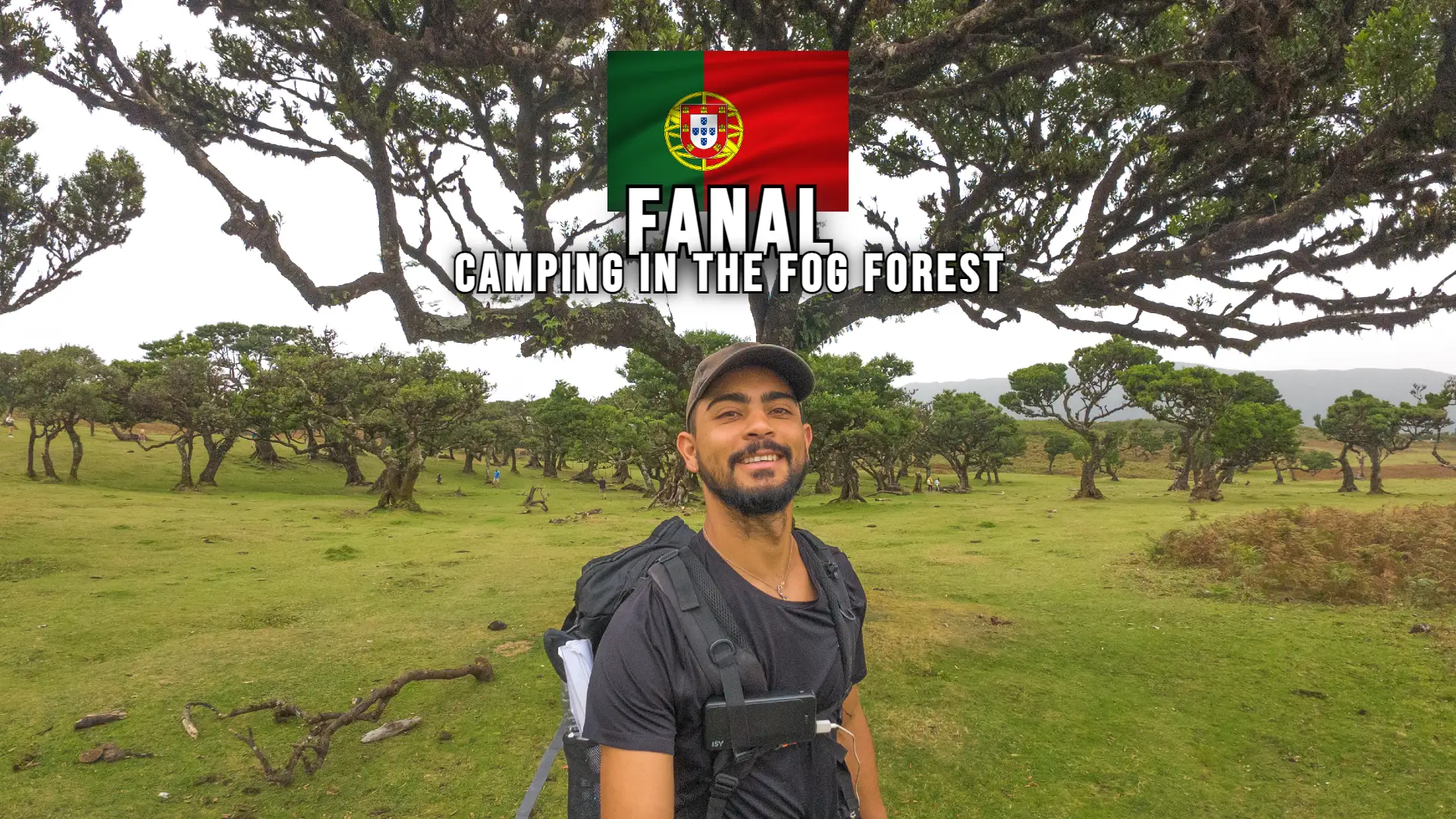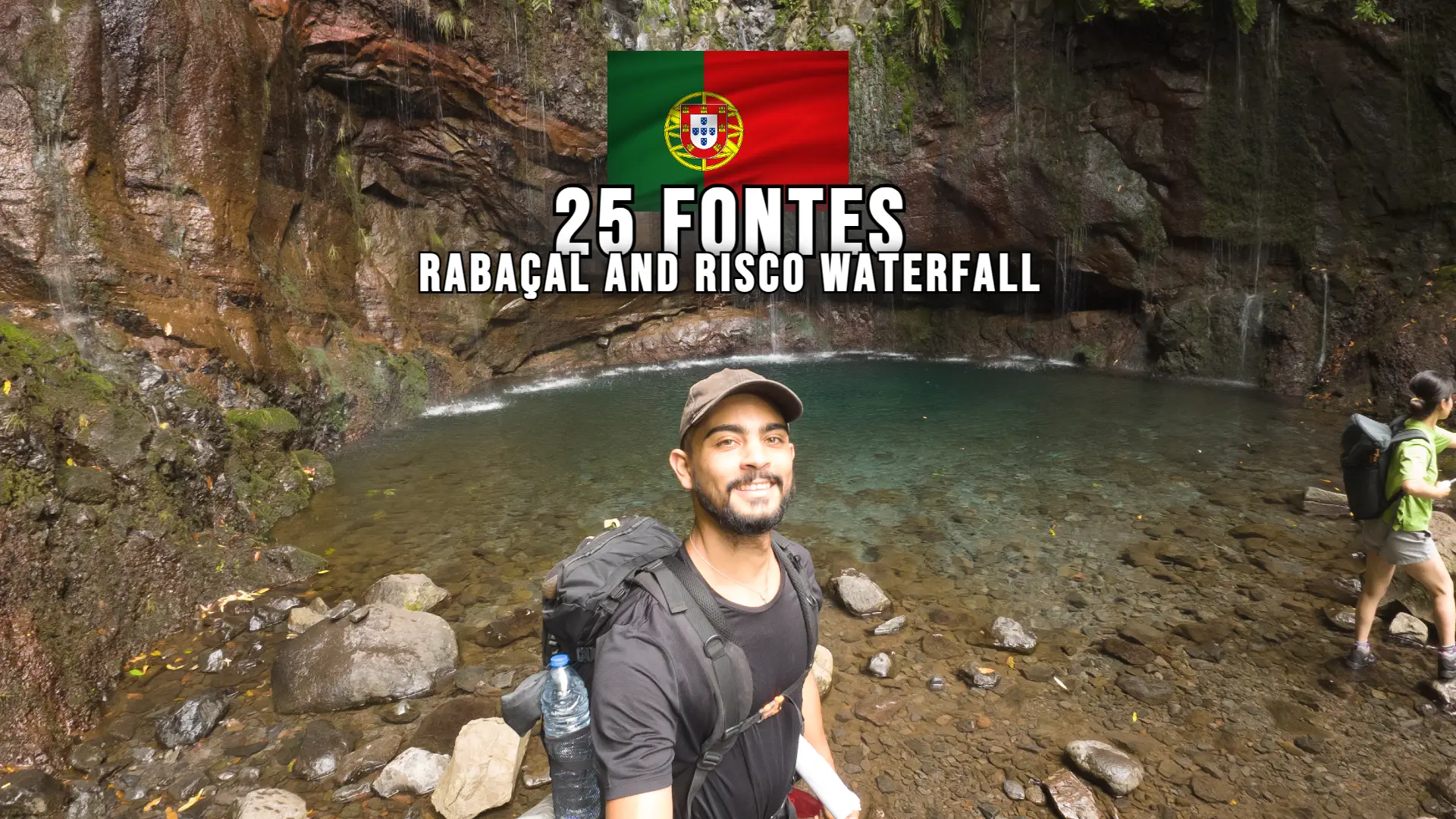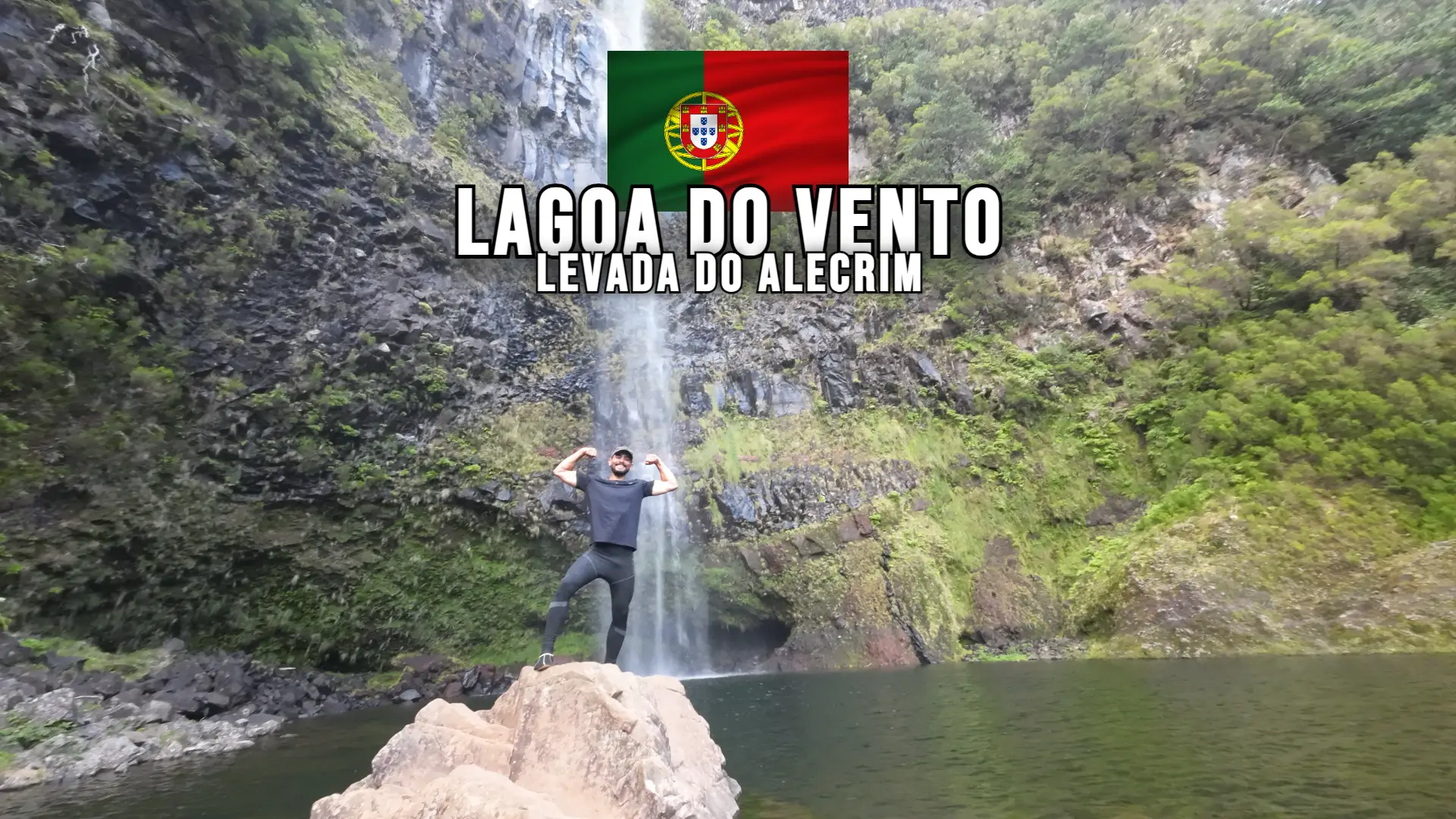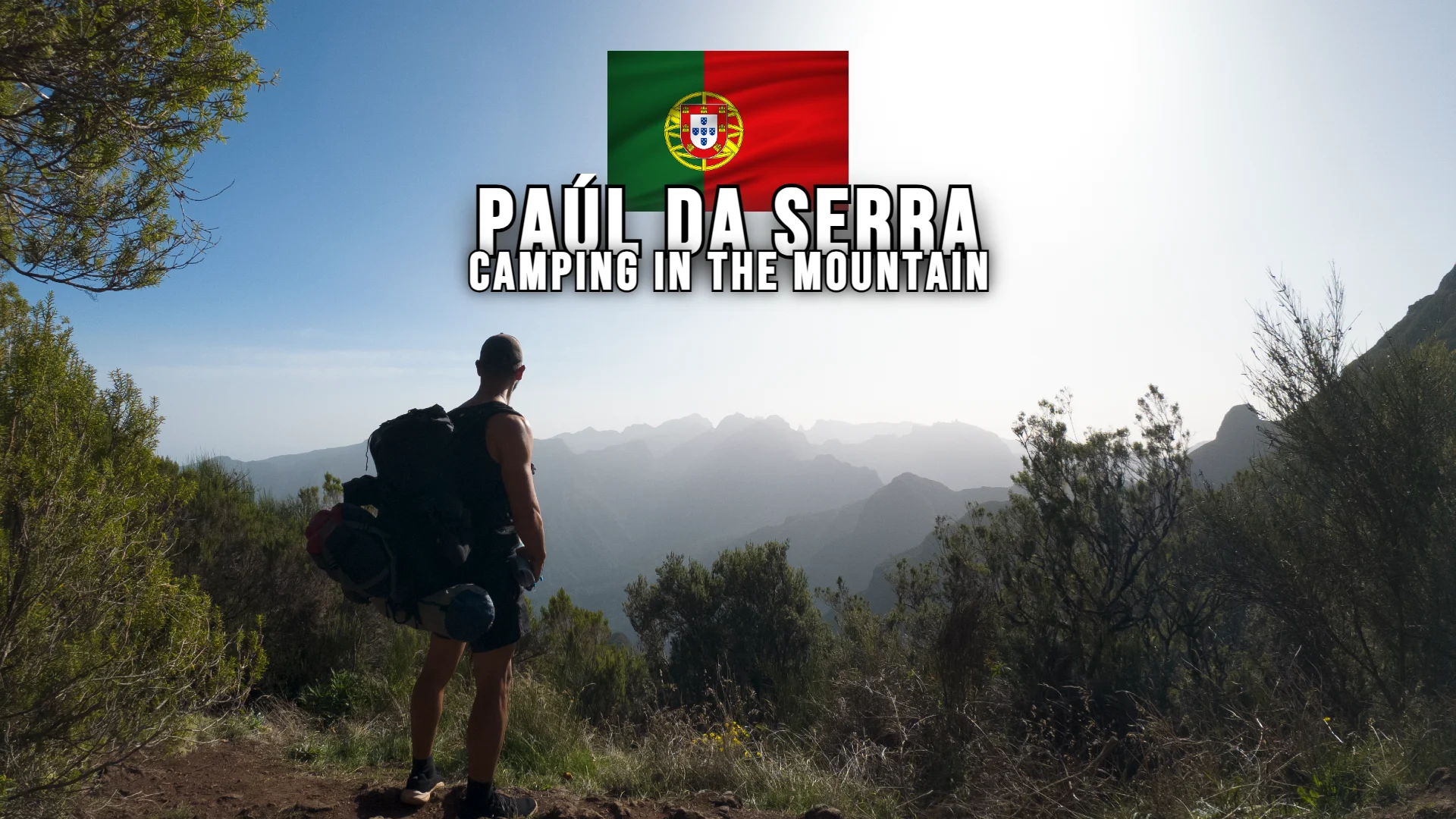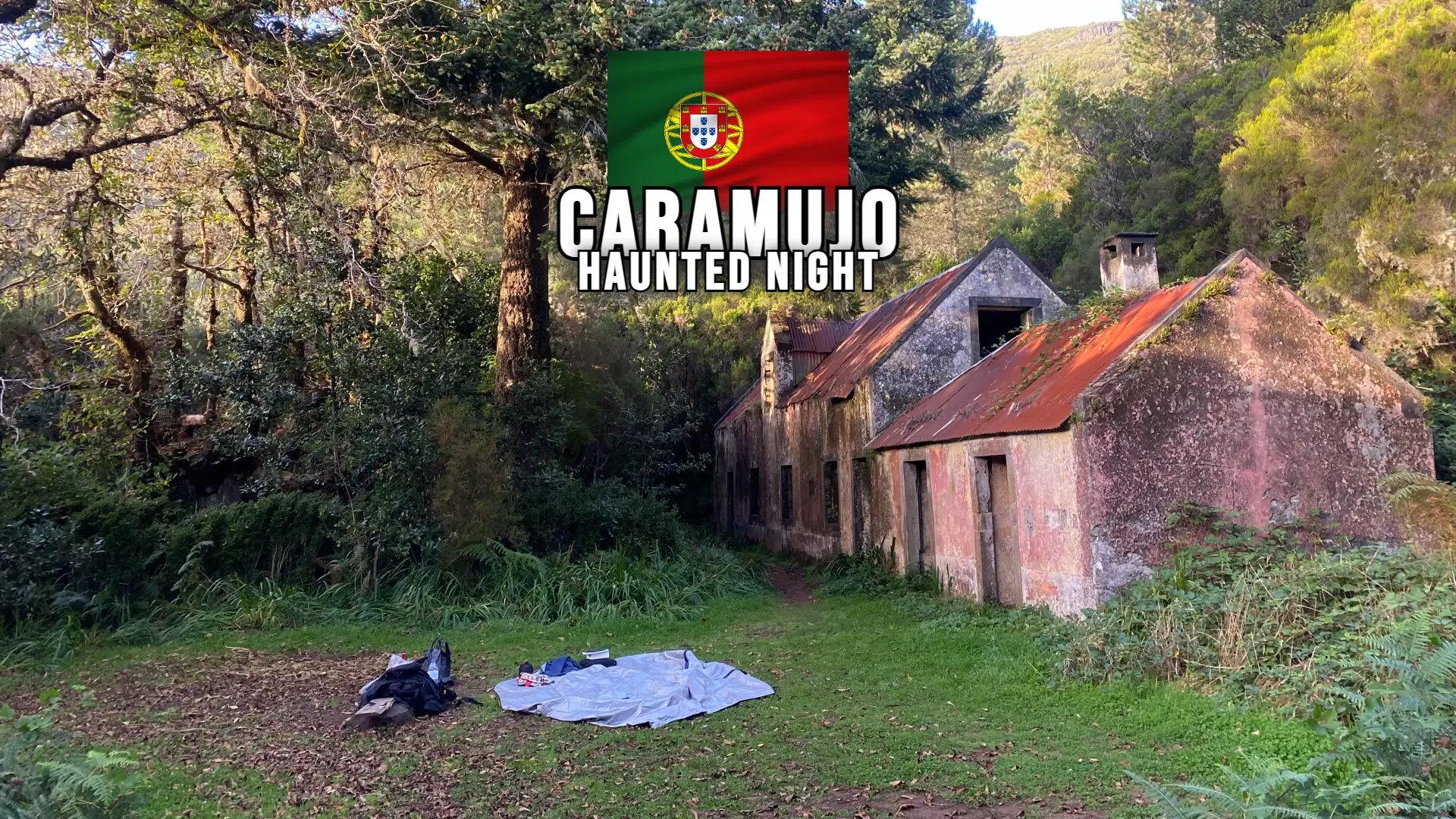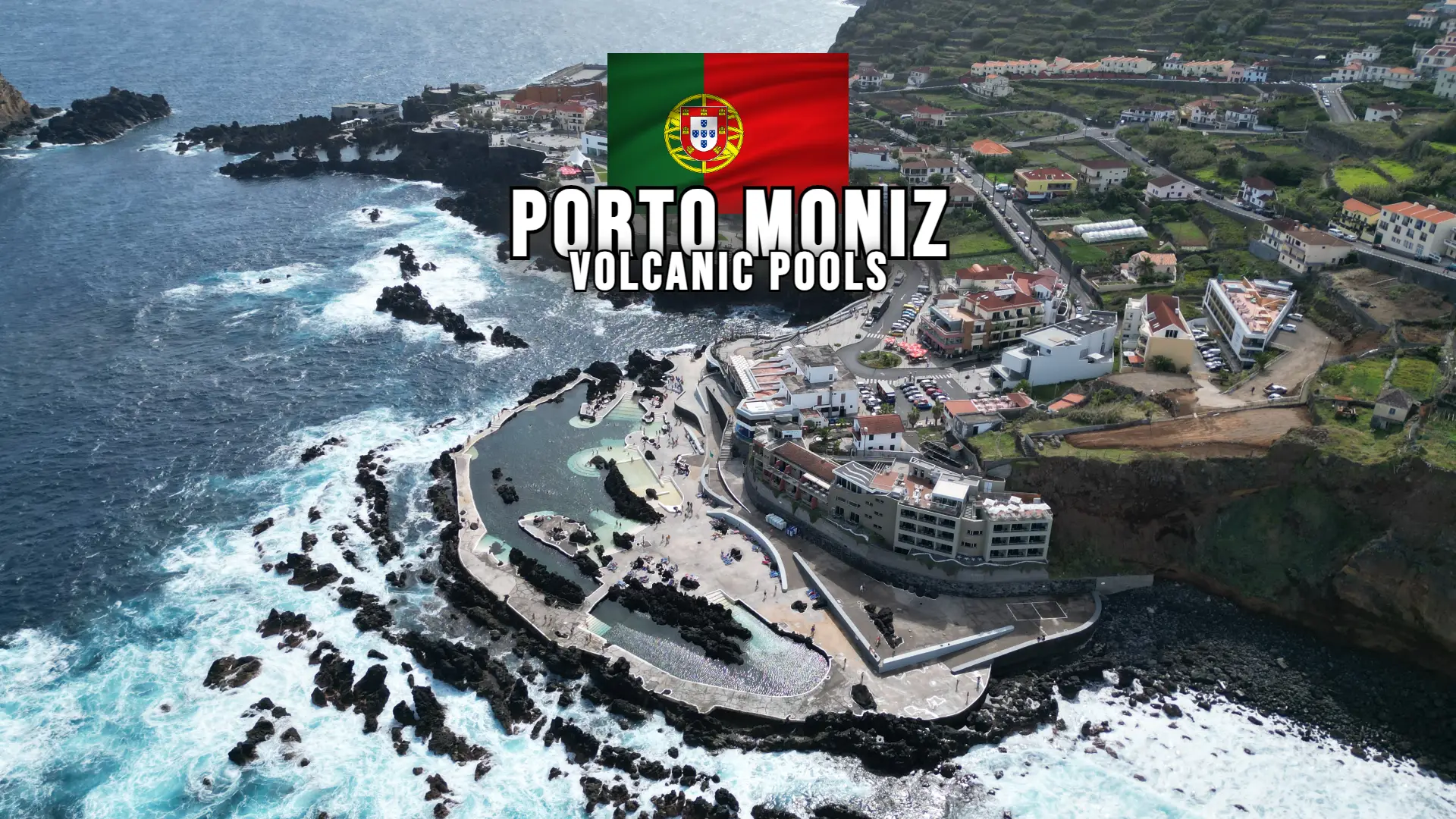This is the first part of this itinerary, or rather the first option, where we set off from Madrid towards the north of Spain, and heading westwards into the country.
In this first episode we will leave Madrid to Santiago de Compostela, only by the Spanish North coast, and I will also tell you a bit about the transcantábrico train, the super luxurious Spanish train that tours the mountain ranges.
In certain part of this trip we recommend to rent a car to have a more pleasant trip.
The northern coastline of Spain really is a stunning beauty, natural beauty, historic towns, nature, beautiful medieval villages contrasting with modernity, excellent food, wineries with amazing hotels, plus the beautiful beaches and cliffs on deserted shores. Possibly the most beautiful stretch of coastline in Spain.
Spain is a European country on the Iberian Peninsula, with approximately 47million inhabitants, 17 autonomous regions including islands in the Atlantic and Mediterranean. Each region has a different geography and culture, from medieval castles to absolute futurism.
Spain is a world leader in tourism
Since 2015 Spain has been the world leader in tourism, has the largest number of World Heritage Sites, more than 1900 protected natural areas, and 214 Michelin stars in gastronomy. It is the world’s 3rd largest producer and exporter of wines and 1st producer of olive oil in the world.
Tourism there is so important that it accounts for 12.1% of Spanish GDP. It had 94million visitors in 2019, a world record for 7 consecutive years.
It has exceptionally modern mobility, one of the best hotel offerings in Europe and is currently a world leader in security, and is open to any type of tourist.
This itinerary we made is our suggestion for beginners.
The start of the itinerary: Leaving Madrid for Zaragoza
From Madrid we took the fast train to Zaragoza, 1h 15min by bullet train, super fast.
One of the areas of Zaragoza is the Expo 2008, with futuristic architecture and buildings such as the Pavilion of Aragon, the Pavilion of Spain, towers and sculptures, but the real attraction of Zaragoza is the Basilica of Our Lady of the Pillar, the patron saint of Hispanic nations.
Basilica of Our Lady of Pilar
A curious fact, the architecture is super imposing as in many cathedrals in Europe, but in this one, the domes are painted green, yellow, blue and white, very reminiscent of the Brazilian flag.
There in the basilica you can see several pilgrims queuing up to touch the back of the image of the saint, because in the front part of the saint, only children can touch and kiss it.
Muslim Invasion
For those who like art, this basilica has two works by Francisco de Goya, one of Spain’s greatest painters. It is possible to see many Arab references throughout Spain. The entire region of the Iberian peninsula was invaded in 711, culminating in the Arab conquest that lasted until 1492. For 7 centuries Spain was Arab, it was also Jewish, with different stories in each province visited. So be sure to visit the Aljafería Palace, which apart from being the Spanish royal residence, is completely Moorish, a legacy of the Muslim era.
To help you understand the importance of this place, the Mosque of Cordoba, the Alcazar of Segovia and the Alhambra of Granada together represent a legacy of the passage of the Arabs through the Iberian Peninsula.
Casco Viejo
There is also the Casco Viejo of Zaragoza, which is a maze of narrow streets that do not circulate cars. In these streets there are several shops, markets and restaurants, besides being right in the city centre, in the historical part.
The time of Roman Saragossa
It is right in the city centre. This area deserves a full day of sightseeing as the list of attractions is endless. There you will find
- Roman Walls
- Terreón de la Zuda
- Central Market
- Plaza de San Felipe
- Roman Theatre
- Arco Del Deán
- La Seo
- El Pilar
Tapping’ around town
Do you know what ‘tapeo’ means?
This is the traditional Spanish art of eating your way from bar to bar little by little. The best place to ‘tapear’ in Zaragoza is in the bars of El Tubo.
River in Zaragoza
Don’t miss also the river of Zaragoza, visit:
- River Ebro
- Piedra Bridge
La Rioja
Continuing the journey, we head for La Rioja, it is 2 hours by train to cover 155km.
Here your tasting experience reaches its peak, the region of La Rioja is where one of Spain’s finest wines, The Rioja, is produced. It is one of the most sought after gastronomic destinations in the world!
Marquis of Riscal
It is something from another world in terms of a winery. Surely the most striking thing about this place is the contrast between the old town and the architecture of the winery, designed by Canadian architect Frank O. Gehry. The quality and presentation for tasting are amazing.
A Spanish village with a mega modern building, with undulating roofs of multi-coloured titanium leaves.
The Wine Tour costs ¤10.
The region has several other wineries, including one of a different design. The winery is called Bodega Ysios, designed by Santiago Calatrava, the famous architect who also did the Museum of Tomorrow in Rio de Janeiro.
Going to the Coast
San Sebastian
Going now to San Sebastian, 187km from La Rioja, 3 hours by train. It is now that you will taste the best of the Spanish coast. San Sebastian is close to the French border, it is an amazing destination, it has many traces of the French Belle Epoque.
This is clearly seen when we look at the Hotel Maria Cristina, made in 1912 by French architect Charles Mewès.
There is also Boulevard Zumardia and its 19th and 20th century palaces, the Playa de la Concha promenade, and every year there is a Jazz Festival in San Sebastian, called Festival Jazzaldia in July.
The city of San Sebastián is considered the gastronomic capital of the planet, with restaurants that have three Michelin stars.
What are the Michelin Stars?
The Michelin Guide is the most revered in the world when the subject is gastronomy.
It ranks the restaurant from 0 to 3 for the quality of its dishes based on 5 criteria:
- Quality of ingredients
- Mastery of taste and cooking techniques
- Chef’s personality in the kitchen
- Value for money
- Consistency between visits
Many people when visiting a city, they check the Michelin guide to know where they should go.
1 star means a very good restaurant in its category.
2 stars means excellent cuisine that is worth a trip diversions to experience.
3 stars represents the maximum in gastronomy, you would justify going to that city just to try the restaurant’s food. And with San Sebastian that happens.
San Sebastian currently has three big names.
- Chef Martín Berasategui (Martín Berasategui restaurant)
- Pedro Subijana (Akelarre restaurant)
- Juan Mari Arzak (Arzak restaurant)
Bilbao
From San Sebastian to Bilbao, it takes approximately 3 hours and 30 minutes by train, as it is a very slow railway line. By car it would take around 1 hour and 20 minutes.
Bilbao is a much less trendy city than San Sebastian, a port city, industrial, where Frank Gehry‘s 1997 Guggeenheim Bilbao Museum is located. It is a very beautiful museum, curvilinear, mega modern, and from it came inspirations like the one of the winery we mentioned in La Rioja.
Bilbao is prepared for all tastes, it has culture, architecture, sports, gastronomy, parks, nightlife and the Siete Calles, which are seven streets that gave birth to the city, near the Guggenheim Museum.
There is also the Museum of Fine Arts, Santiago Cathedral, Mercado de La Ribera, Arriaga Theatre, Gran Via and to top it all off, what about a boat trip on the Ría de Balboa?
Santander
From Bilbao to Santander is 101km, by train it takes 2 hours and 45 minutes because it is a slow track, but the journey is very worthwhile.
Santander is already in Cantabria, another old town, mega busy in the Spanish summer and is where the Italian architect Renzo Piano gave birth to the Botín Centre. Santander is also famous for the seafood that fills the markets.
Be sure to visit Playa de Santander and Playa de el Sardinero.
Nearby are the 18 caves of Altamira, a UNESCO heritage site.
Oviedo
From Santander to Oviedo is 177km, 5 hours by train in a low speed line, just for you to enjoy the ride.
Have you ever heard of the film Vicky Cristina Barcelona (2008)?
In 2002, filmmaker Woody Allen won the highest award granted by Spain. The Prince of Asturias Award in the Art category. And it was in the city of Oviedo where this award was given. Because of that, 6 years later he came back and shot this film mentioned above.
It is also the birthplace of Formula 1 driver Fernando Alonso, yes, he is from Oviedo.
It is also home to the Palacio de Congresos, also designed by the architect Santiago Calatrava. It is a complex with a shopping centre, hotel and exhibition centre.
Gijón
From Oviedo to Gijón is 30km, 30 minutes by train. Another surprise, a beach town, busy marina, beautiful beaches, super lively in summer.
It is the land of Cider. It has a Cider Festival and a Cider Tree, El Arbor de la Sidra, a work of art made of 3200 bottles symbolising the tree of life.
Gastronomy
When you feel hungry, try the following dishes:
- Chopa, a popular fish in the region, is cooked with cider and served with roast potatoes and onions.
- Cachopo, two large breaded fillets stuffed with ham and cheese.
- Fabada, a dish with white beans and boiled meat.
Coruña
Continuing our route towards the west of Spain.
Here we will rent a car to finish the trip.
We strongly recommend that you rent a car using Rental Cars, it is a super reliable car rental price comparator, with the best prices on the market and present in over 160 countries, including Spain.
Renting your car in Spain is very easy, click on the link below and do it today.
With the car you will get to A Coruña in 2 hours and 50 minutes driving through beautiful little seaside towns. According to legend, A Coruña is the land of Hercules, from the 1st century. The Tower of Hercules was built for him, being the oldest lighthouse in the world.
This place is considered the balcony of the Atlantic, it is a small city, young, super partying, rich cultural centre, with millenary historical heritage, 13km of beautiful beaches, here we highlight Riazor.
It is in A Coruña that the Spanish brand Zara was born.
Galicia in general, is where the largest concentration of fashion and clothing in Spain is. It is the birthplace of elegant Spanish fashion.
Monte de São Pedro Elevator
This is a tourist spot that we highly recommend you to visit.
Santiago De La Compostela
Leaving the coast and heading towards Santiago de Compostela, the Galician capital.
The path of Santaigo
Have you ever heard of the ‘Way of St. James’?
According to legend, Rembrandt’s apostle Santiago Maior preached in Galicia before going to Palestine, and after his death, they brought his body in a boat and he was buried in Santiago. From there he was buried in the Cathedral of Santiago de Compostela.
And this pilgrimage that has taken place there since the 11th century and lasts until today is the so-called ‘Camino de Santiago’.
80% of the pilgrims arrive by the French way. But there are some other paths that are taken, the Portuguese Way, the English Way and the Primitive Way. With greater intensity in the months of August and September, there are approximately 150,000 pilgrims every year.
One of the main pleasures of walking around the medieval city of Santiago de Compostela is stopping for tapas in Calle Francos and Calle Raiña, and also eating the famous tarta de Santiago.
End of Routing
Finishing this route, from Santiago de Compostela to Madrid is a 3-hour plane ride.
This route is certainly one of the most complex to do in the north of the Spread, it demands time and is a true immersion.
Bonus: Transcantábrico Luxury
It is a super luxurious transcantabric train that crosses Spain through the interior, in the Spanish mountain ranges.
Travelling on the Transcantábrico Luxury is for the few, a sensational experience that only Spain offers. This train is among the 25 best trains in the world.
Imagine a train that goes from San Sebastian to Santiago de Compostela, it has 4 saloon cars, 7 sleeping cars, the train has a chef, waiters, musicians, butlers, an environment that combines the charm of the early 20th century, the wagons are themed around that time. All this is exclusive, made for 28 people per expedition.
A double suite costs 5500€. The season usually starts in June and goes until October
